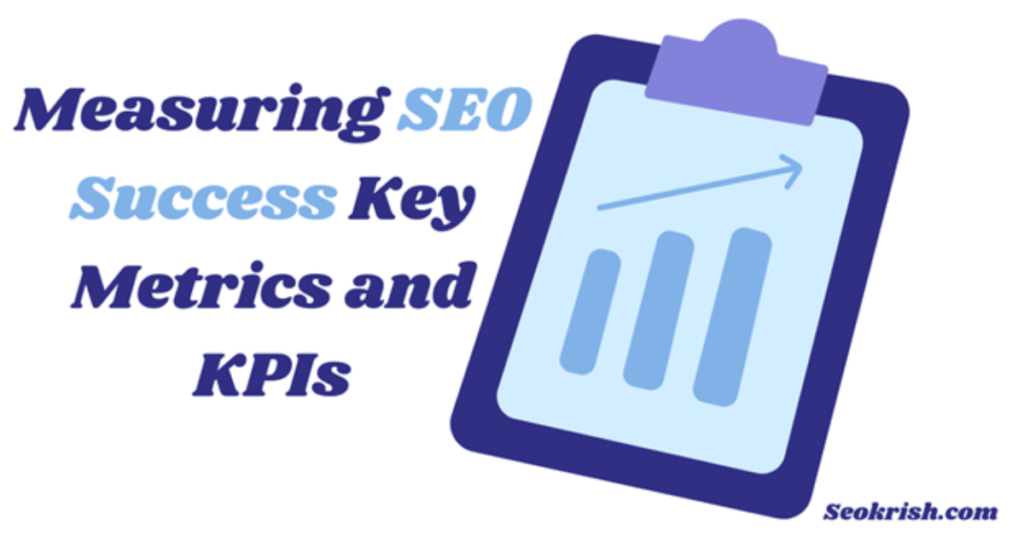Effective digital marketing constantly requires a keen grasp of metrics to keep success dynamic. That’s what SEO metrics do: they act like a compass for companies, taking businesses through the limitless ocean of online presence and informing them effectively about the effectiveness of their initiatives. From organic traffic to keyword ranking to backlink profiles, each metric speaks uniquely to the substory of the site’s performance across the gigantic internet landscape.
Understanding and Defining Key SEO Metrics
SEO is the core, much like countless metrics indicate successful efforts. Organic traffic is the core element that pushes website visibility by counting the number of people who go into the website through search engines. SEO metrics underscore the adequacy of the website in listings in addition to the value and authority of the particular subject in a search engine. On the one hand, the backlink profile is the artwork of the web’s fingerprints, outlines the links, and outlines the relations of the website worldwide.
1. Aligning SEO Metrics with Company Objectives
While metrics alone may bring many insights, the real value is when aligned with business objectives. SEO Metrics must be taken as individual measurements that drive a typical result, whether the core ends are to raise brand visibility, drive website traffic, or create leads and conversions. With the definition of metrics and setting of objectives, the company’s SEO efforts attract more traffic, driving effective outcomes.
2. Keyword Ranking Performance
Keywords are the foundation for SEO. They are the links that connect users and content. Website keyword ranking points out how well the website is shown on search engines and reflects its relevancy and industry expertise more deeply. Keyword monitoring lets businesses evaluate the efficiency of their targeting techniques, discover possibilities for optimization, and enjoy a high edge in the ongoing digital environment, which is becoming increasingly complex.
Bounce Rate and Dwell Time
User engagement metrics, like bounce rate and dwell time, are what a platform needs to make worthwhile conclusions about the relevance and quality of content, as well as the usability of the site. A high bounce rate indicates that visitors cannot find the information they are looking for, while a low dwell time may point out the case where content lacks a ‘hook’ enough to engage and hold readers’ attention. These metrics, used for monitoring, create the potential to identify opportunities for improving content and user experience in case they are to maximize engagement and increase retention.
 3. The Role of Advanced Analysis Techniques
3. The Role of Advanced Analysis Techniques
In this age of digital marketing, it is competitive to survive without deep knowledge of advanced metrics and analysis measurement methodologies, giving marketers the edge above the curve. One with these SEO metrics would have the most comprehensive view of user behaviour, content performance, and market trends, through which businesses can make decisions based on data and turn these data into meaningful results.
User Engagement
User engagement metrics—pages per session, time on page, scroll depth, etc.—are essential in inferring insights into what users do on the pages and how they respond to your content. This includes those SEO metrics that empower a business to track user activities across the website, demonstrate trends of the most engaging content, and indicate areas in which optimization needs to be done. It manifests in everything from page optimization to navigation refinement and sometimes even in polishing a content strategy. Measuring user engagement gives a lot of data, which later can be used to make strategic decisions and obtain fruitful outcomes.
Competitive Analysis and Benchmarking
Given the fast-paced online marketing environment, one has to know the market dynamics and industry trends while being ahead of other businesses in this field. With competitive analysis and benchmarking, many competitors’ strategies, strengths, and weaknesses could be discovered, which may help their businesses discover loopholes and differentiate them from other players. Per industry peers, companies can refine their SEO strategies and optimize performance for success in this dynamic digital environment by combining these insights with competitive data analysis.
Conclusion
Those who control the data and can use such knowledge to inform and influence the strategic planning process can be successful in digital marketing today. Adding value to the business by focusing on areas of improvement, actionable data can be gained from main SEO metrics and KPIs. Whether that’s more visitors, better keyword positions, or increasing conversion rates, companies on DataLike look for stars on the horizon to find their destination.



